Full Video
Importing products from overseas suppliers can be risky if you don’t vet them properly. When dealing with manufacturers in China, it’s essential to conduct a factory audit before placing large orders. An audit is crucial for validating the factory’s legitimacy and capabilities.
Without an on-site inspection, you could end up dealing with a ‘shadow’ company that doesn’t actually own production facilities. Even reputable suppliers can cut corners once you place an order. Only an independent audit can uncover issues with product quality, safety standards, or unethical labor practices.
A comprehensive factory audit is the best way to mitigate risk when importing from China. It provides transparency into the supplier’s operations and production processes. Audits build trust by verifying that the factory has the right certifications, facilities, and skilled workers to fulfill your order. The audit data also helps assess if the supplier is a good long-term partner for your business.
This guide will walk you through the key steps for conducting a Factory Audit for Importing Products from China.
We’ll cover:
- How to gather background information beforehand
- Tips for conducting a virtual tour of the facility
- What documents and licenses to review
- How to examine their production processes
- What to look for regarding employee conditions
- How to verify their capabilities and facility conditions
- When to consider an independent on-site inspection
By following this factory audit process, you can feel confident about the suppliers you choose to work with in China. Let’s get started!
Gather Background Information Before the Audit
Conducting research on the factory before your audit is crucial for knowing what to look for. This prep work will help you perform more effective due diligence once you tour the facility.
Start by scouring review sites and import/export forums for any mentions of the company. Look for reviews from other buyers describing their experience. This can uncover potential issues like slow delivery times, poor communication, or quality problems.
Search Chinese business registration databases to verify when the company was established and check that their business license is valid. Resources like the State Administration for Industry and Commerce allow you to lookup official records.
Study the factory’s website and Alibaba listings closely. Do they show photos of the alleged production facilities? Or just stock images? Cross-reference with their location on Baidu Maps.

Request to see previous audit reports from accredited services like SGS, Intertek, or Bureau Veritas. Any reputable exporter will have these compliance assessments done annually. Review the reports for any red flags.
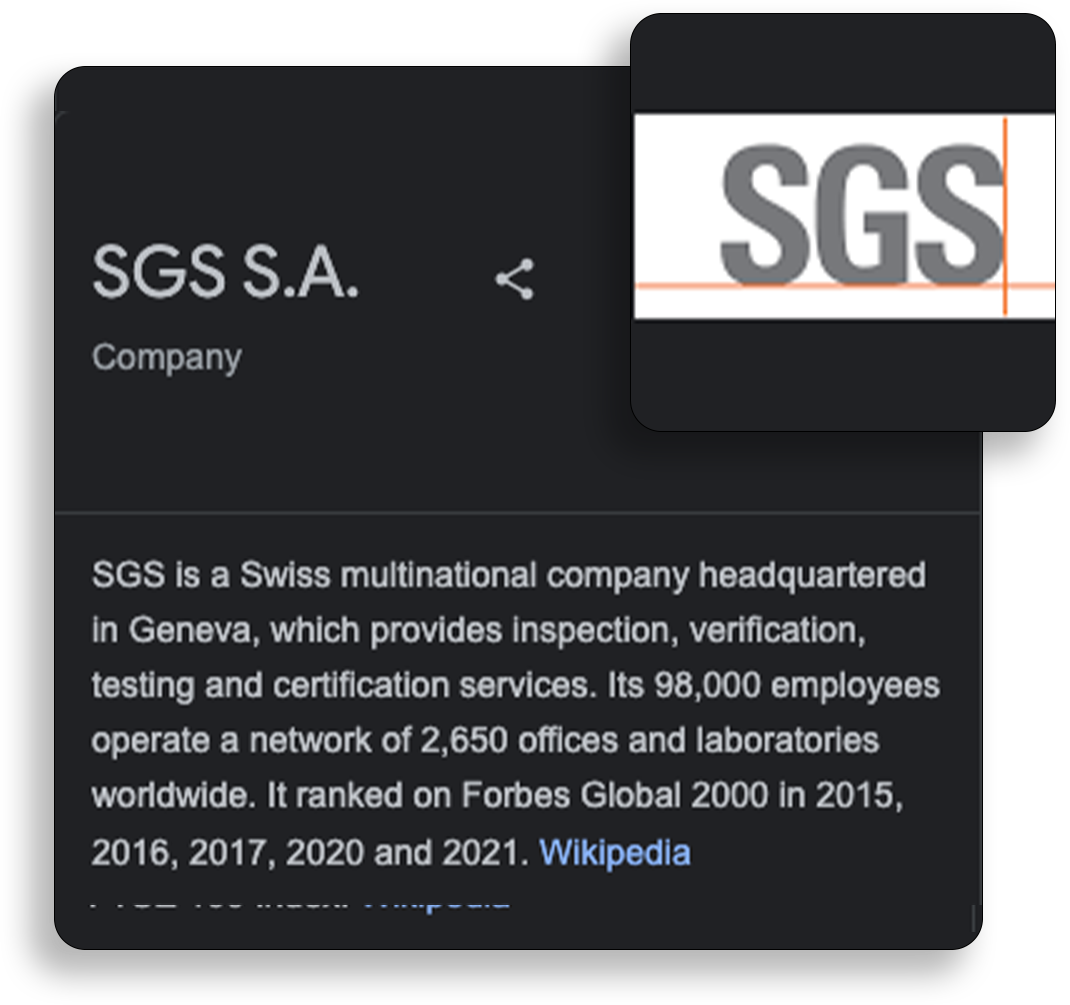
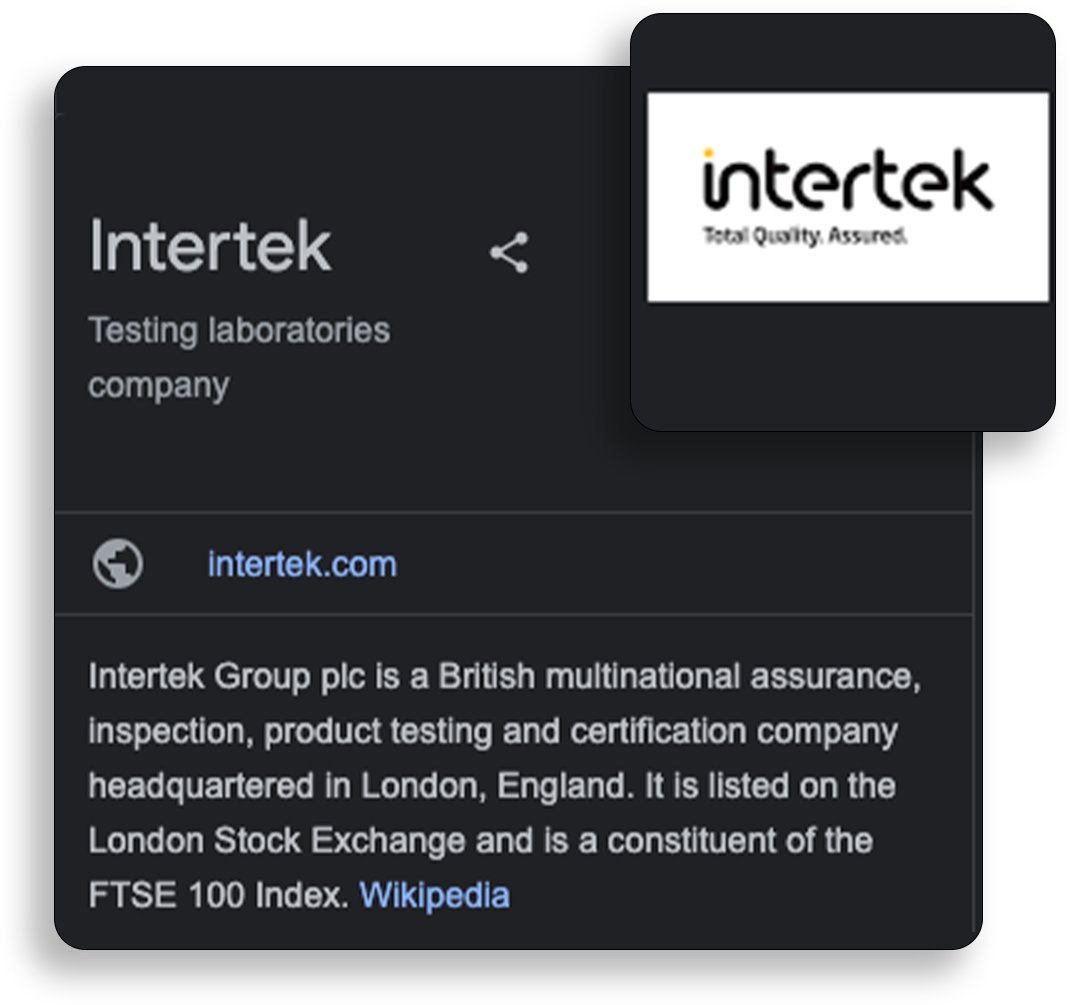
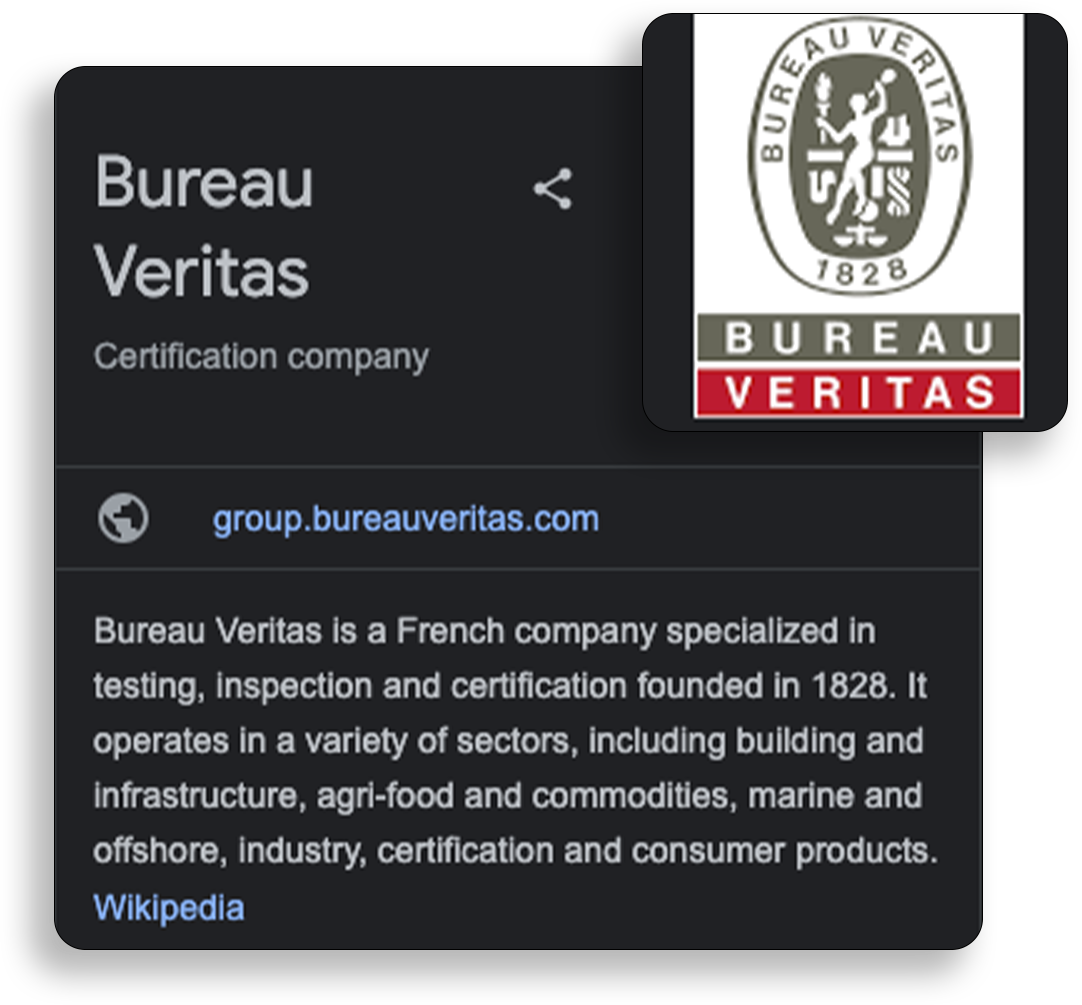
Ask for a product catalog and list of current customers. A major red flag is if they can’t provide examples of what they manufacture or lack references from known brands.
Prepare a checklist of questions to ask and documents to review. Having a structured audit plan will help you cover all your bases efficiently. Focus on quality control, product testing, certifications, facilities, management policies, etc.
Lay this groundwork of research and preparation before your virtual tour or on-site visit. It will enable you to go in with a keen eye and ask informed questions. You’ll gather much deeper insights.
Conduct a Virtual Tour of the Facility
A live video tour of the factory is a great way to get eyes on their actual production capabilities. Schedule a call and have the supplier give you an extensive virtual walkthrough.
Ask to see all areas – from raw materials receiving to finished goods warehousing. Watch workers on the factory floor during a typical production run. Check that the activities match what the supplier claimed in initial discussions.
Pay attention to details as they go through each processing step. Are workers wearing protective equipment? Do the stations appear clean and organized? Are there quality checks along the way?
Have them take you inside offices as well. Get a look at where production planning and procurement happens. Seeing computers and software suggests more professional operations.
Request introductions to key personnel like the quality manager, production supervisor, and warehouse manager. Speaking directly builds rapport and trust.
Capture as much visual evidence as possible. Take screenshots and record video of the tour. You may spot things later when re watching. Keep all files organized by date/time.
Don’t let them only show certain areas. Insist on seeing raw materials, chemicals used, and waste handling. The goal is observing normal conditions, not a staged event.
Finish with an overview of their warehouse and inventory control. Are finished goods stored properly? Do they use FIFO inventory management? What does occupancy look like – overly full or empty?
Virtual tours provide an authentic peek behind the curtain. Paired with asking probative questions, you can assess if the supplier’s capabilities align with your requirements.
Review Key Documentation
Dig into the supplier’s paperwork to verify they are a legitimate business that meets compliance standards. Key documents to request include:
- Business Licenses – Review their business license, export licenses, and any special permits required for your product category. Make sure all are valid and up to date.
- Tax Registration – Request their P.R.C tax registration information to confirm they are paying required taxes.
- Quality Certifications – Ask for documentation on their quality management system. Common certificates like ISO 9001 show compliance with global standards.
- Product Certifications – Review any safety or compliance testing for the specific products you will order. Applicable certs include CE, FCC, UL, CCC, RoHS.
- Previous Audits – Ask to see past social compliance audits from accredited firms like Intertek, SGS, or Bureau Veritas. Review for any issues found.
- Factory Photos – Have them provide current photos of facilities and production lines. Cross-check against any prior images from their website or marketing materials.
- Customer References – Request contact info for 2-3 current buyers to verify their experience. Call them to gather candid feedback.
- Organization Chart – Ask for an overview of their org structure and management hierarchy. Gives you an idea of their leadership and resources.
Carefully vetting these documents can uncover major red flags like fraudulent permits, expired licenses, lack of audits, and mismatched photos. They provide objective evidence to back up claims made during your tour.
Evaluate the Production Process
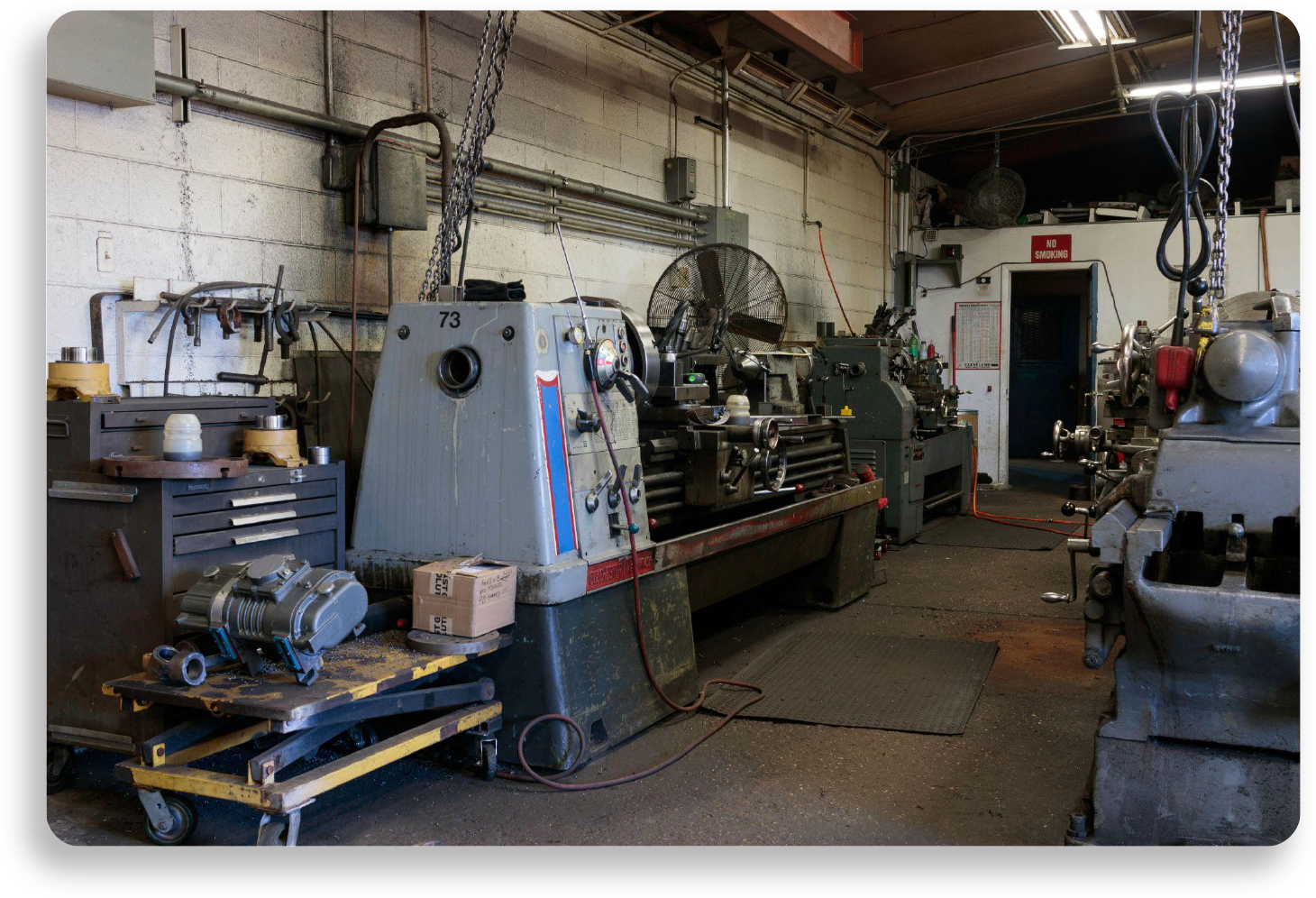
Take a critical look at how the factory transforms raw materials into finished products. Assess the process flow, equipment, quality checks, and more.
Request to see 2-3 production runs from start to finish. Observe the step-by-step process firsthand to understand the workflow.
Look for automation versus manual labor. More machines (under worker control) increase accuracy and consistency.
Examine how they tract materials and inventory at each stage. Items should have batch IDs and move via tracking system.
Watch for quality control and inspection points throughout. Well managed processes will have several built-in QC steps.
See what testing is done for work-in-progress and finished goods. Check that equipment is properly calibrated.
Ask about their procedures if defects are found. Look for evidence of processes for root cause analysis and corrective actions.
Review manufacturing records like line schedules, equipment maintenance logs, and inspection results. The data should match your observations.
Consider taking product samples during the tour for independent testing later. Check for materials, dimensions, markings as required.
Assess hygiene factors like cleanliness, organization, safety practices, and personnel discipline. These impact product quality.
By studying the production process hands-on, you gain assurance that your specifications will be met consistently. It’s the best way to evaluate their capabilities.
Verify Employee Conditions

Responsible sourcing means ensuring good working conditions and fair labor practices. Review the factory’s policies on:
- Child Labor – Verify hiring ages meet legal minimums like 16+ years in China. Workers should appear of appropriate age.
- Wages & Benefits – Check pay stubs and ask workers if wages seem fair and are paid on time. Look for required benefits like social insurance.
- Working Hours – Review policies, production plans, and employee interviews to ensure no excessive OT over legal limits (36-40 hours/week in China).
- Contracts – Employees should have written contracts in local language outlining wages, benefits, conditions, etc.
- Discrimination – Ask about hiring practices to confirm no discrimination based on gender, race, age, disability, or other protected classes.
- Harassment – Ask about policies and training to prevent workplace harassment and abuse. Look for confidential reporting channels.
- Freedom of Association – Determine if workers may form/join unions or worker committees to voice grievances and participate in workplace matters.
- Housing Conditions (if provided) – Inspect living facilities for workers to ensure clean, safe, and reasonable conditions if housing is offered.
Documenting fair labor conditions requires interviews, record reviews, and visual verification. Ethical brands must ensure their supply chain meets social compliance standards.
Examine Facilities and Capabilities
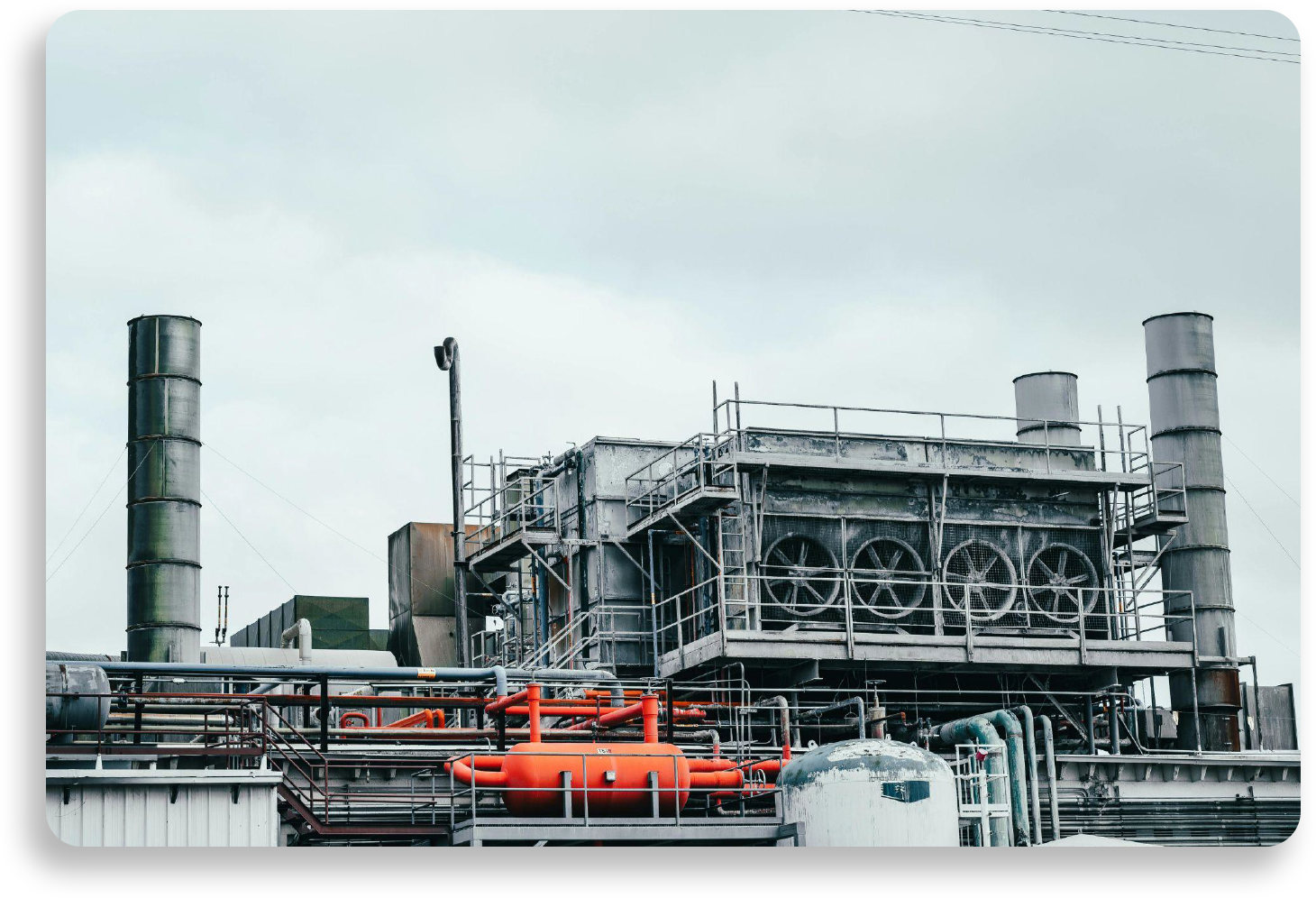
Take a close look at the factory infrastructure and equipment to assess their overall production capability.
Review factory size, layout, and organization. Look for logical flow between departments, ample lighting, and effective use of space.
Check that the facility is well maintained – clean, no leaking, functioning utilities, and sanitary conditions.
Ensure production areas are properly ventilated for any fumes or particulate matter. Proper air handling protects worker health.
Verify equipment condition through visual inspection and maintenance records. Well-worn machines with missing guards or outdated tech can create hazards.
Match specialized equipment seen on the production floor against your product requirements. Inadequate capabilities are a red flag.
Confirm supporting infrastructure like reliable power, backup generators, purified water systems, and modern testing labs.
Request headcount records over last 6-12 months to check for stability. High turnover could impact quality and output consistency.
Look at inventory volumes of raw materials, WIP, and finished goods to assess capacity and material planning.
Review production plans and capacity utilization rates. A consistently overloaded factory likely struggles meeting delivery dates.
Validating the factory’s physical capabilities provides assurance they can fulfill your orders on time and with acceptable quality. It demonstrates their readiness as a supply partner.
Follow Up with Independent Inspection (optional)
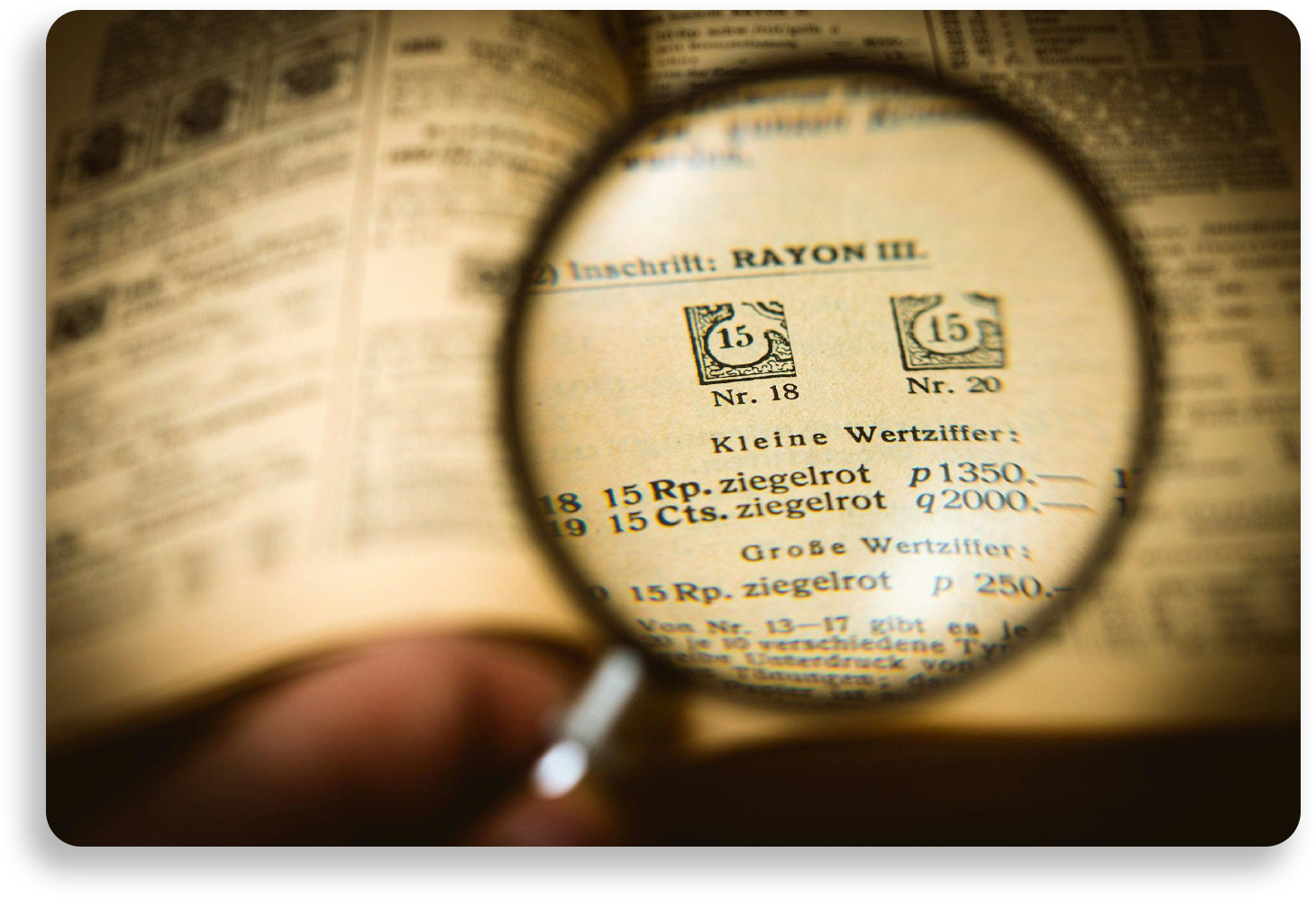
For very high-risk products or large order values, consider hiring an independent firm to conduct an on-site audit after your initial assessment.
Specialists like SGS, Intertek, and Bureau Veritas employ experienced auditors to scrutinize factories using standardized checklists.
An independent audit may include:
- In-depth documentation review
- Production process analysis
- Product testing and inspection
- Technical verification of capabilities
- Vendor management system assessment
- Supply chain security evaluation
- Compliance with codes of conduct
- Working conditions investigation
- Safety inspection
These audits take 2-5 days on-site and deliver an impartial, rigorous assessment across 400+ data points.
The audit report helps identify any areas of deficiency to be addressed. Have the supplier provide their action plan.
Follow up periodically to confirm they implement corrective actions and sustain improvements. You want a commitment to continuous improvement.
For high-risk orders, the cost of independent inspection is justified for the depth of scrutiny provided. Or use periodically to validate internal audits.
With exhaustive evaluation from an accredited firm, you gain complete confidence in the factory’s capabilities and practices.
Wrapping Up
Conducting a comprehensive factory audit is clearly essential due diligence when importing products from overseas. While the process takes time and effort, the insights you gain are invaluable.
A rigorous audit gives you full transparency into a supplier’s operations. You’ll understand their true capabilities, compliance, work practices, and facility conditions.
With documented evidence from an audit, you can make informed decisions about which factories to work with. It builds trust and ensures they can deliver the quality you expect.
Skipping audits leads to nasty surprises down the road – uncontrolled quality, late shipments, and regulatory issues. Don’t take shortcuts when thousands of dollars are on the line.
While virtual assessments are convenient, also consider periodic on-site audits by independent firms. Their expertise and testing capabilities provide the highest level of validation.
By following the steps outlined in this guide, you’ll gain confidence that your supplier can support your import business now and in the future. The audit gives you a blueprint for their strengths, weaknesses and areas for improvement.
Choose your manufacturing partners wisely and conduct thorough due diligence. An audit demonstrates your commitment to ethical, responsible sourcing as well. This protects your business reputation in addition to ensuring supply chain performance.
A qualified factory auditor should possess: • Relevant Experience: Experience in conducting factory audits, preferably in the specific industry. • Certifications: Professional certifications like ISO9001 Lead Auditor or similar credentials. • Technical Knowledge: Understanding of manufacturing processes, quality management systems, and industry standards. • Cultural Awareness: Familiarity with Chinese business practices and cultural nuances. • Communication Skills: Strong communication skills to interact effectively with factory staff and management.
The frequency of factory audits depends on the industry, regulatory requirements, and the factory's past performance. Generally, it is recommended to conduct audits: • Annually for standard quality system and compliance audits. • Biannually or quarterly for high-risk operations or factories with previous issues. • As needed for special circumstances, such as new supplier qualification or significant changes in production processes.
The cost of a factory audit in China depends on factors such as: • The scope and depth of the audit. • The size and complexity of the factory. • The location of the factory. • The experience and expertise of the auditing team. • Additional services like follow-up audits or specialized testing.
A factory audit can mitigate risks by: • Identifying potential quality issues before production. • Ensuring compliance with international standards and regulations. • Assessing the factory’s capability to meet production requirements and deadlines. • Providing a detailed understanding of the factory's operations and management practices.
Using an ISO9001 audit checklist provides several benefits: • Standardization: Ensures a consistent and systematic approach to the audit. • Comprehensiveness: Covers all critical aspects of the quality management system. • Efficiency: Streamlines the audit process with a clear framework and criteria. • Objectivity: Maintains impartiality in assessing the factory's operations. • Benchmarking: Facilitates comparison against international standards for continuous improvement. • Documentation: Provides a thorough record of the audit, supporting transparency and accountability.


.jpg)
![Mastering Ecommerce Inventory Management [The Ultimate Guide]](https://cdn.prod.website-files.com/662a5971addfb025c9e6b58c/670ff074e170f6e2e79750d0_1.png)
.avif)
.svg)


.png)
.jpg)
.svg)







